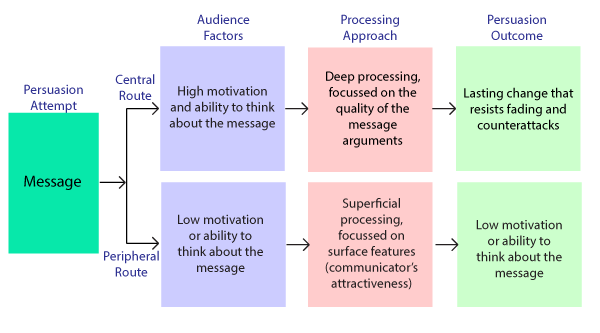How to influence and persuade others
Seven Keys to Help You Influence and Persuade Others |
Want to improve your ability to influence and persuade others? Most people tend to approach persuasion with one or two favored tactics. But really great influencers consider the situation and the people they have to persuade. Then they combine influencing techniques in an order that helps them be more effective. Let’s look at seven influencing tactics that, when placed in the sequence, can combine to make a powerful influencing strategy. Below are seven keys to help you influence and persuade others.
- “Reason” is the most effective (and most often used) method to influence and persuade. It is one we often use in isolation rather than as part of an influencing strategy. It involves explaining the facts and demonstrating that these are consistent with shared objectives. It is a tactic that can be used with people of all levels of power. It is characterized by the word ‘because’.
When using “Reason” opt for quality over quantity — otherwise your opponents may focus on your weaker reasons.
- “Inspire” is a tactic that works with people’s emotions. It is about being enthusiastic and painting a picture of a better future. It is important to use active language that helps the listener use all their senses and visual the ideal situation. When using Inspire it is important that the ideals, values and emotions you suggest actually appeal to the audience. Remember that we don’t need to be famous to inspire others; we just need to choose our words carefully. If we use powerful images and are passionate about our message we can inspire our managers, our coworkers, or our team.
- “Ask” is often used to create buy-in and make people feel that they created their own solution. This technique can be especially effective with people of greater power. To use this technique, the influencer explains the current situation, avoids providing solutions, and then asks the other person how to solve the problem.
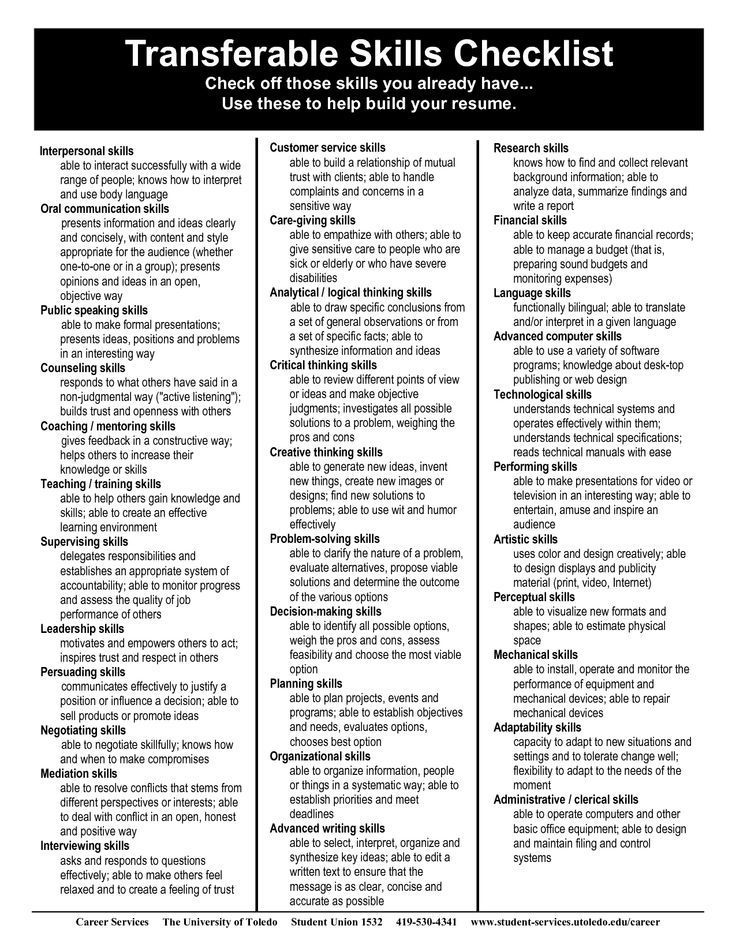 Interviewers, journalists and lawyers often use this technique, and so do parents. The influencer considers which questions would give an acceptable response. Car salespeople often use this technique. But using “leading questions” can also backfire. Ask is most successful when the question is sincere. In that case the other person will persuade themselves to work with you if you seem willing to work with them.
Interviewers, journalists and lawyers often use this technique, and so do parents. The influencer considers which questions would give an acceptable response. Car salespeople often use this technique. But using “leading questions” can also backfire. Ask is most successful when the question is sincere. In that case the other person will persuade themselves to work with you if you seem willing to work with them. - “Get them to Smile” is a tactic that makes people feel good about themselves, and then about our argument. GTTS is about offering compliments or putting someone in a good mood. Telling jokes or finding other ways to build rapport are subtle ways of using GTTS. While this tactic can be very effective beware of overusing flattery. If we always compliment someone before asking for a favor, they’ll begin to distrust us. Or they may think we’re flirting. GTTS is a very effective tactic but it should be used sincerely and sparingly. “You were terrific doing that report last month, we’d love to have you do it again is an example of GTTS.
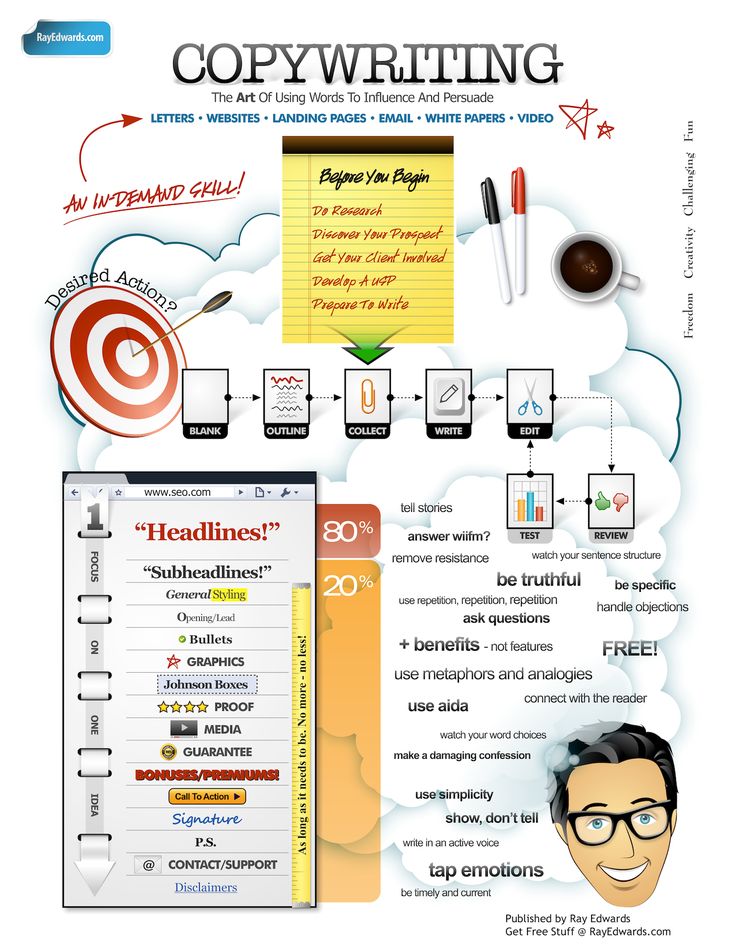
- “Make a Deal” can be overt — “if you scratch my back, I’ll scratch yours” or covert – here’s a free gift or dinner for you. Researchers have found that even small gifts can yield results. People cleaning windshields at traffic lights or giving out paper flowers in train stations all use “Deal.” When others give us a free hat or keychain we may feel more compelled to give something in return. This is why we say, “There is no such thing as a free lunch.” “Deal,” whether covert or overt is a good tactic to add to our arsenal.
- “Requesting a Favor” is the most basic tactic. Simply asking for a favor is sometimes all that is needed. Especially if we are trying to persuade a friend to help us. But if we rely on the magic word, “please” too often this tactic loses its power fast.
- “Mentioning Silent allies” is a tactic used by businesses when they talk about their other clients. People are persuaded if they think a product or service is popular. Name dropping these “silent allies” can help us persuade.

Two other tactics are far less effective – using our position authority or using punishments or penalties to force someone to go our way. Far better to use a strategy of several of the seven stronger tactics since authority and force do not lead to lasting results.
Line up the tactics in the order you feel will work best for your situation. One woman was desperate to persuade her husband to learn to swim since they lived near a lake. She tried giving reasons but this didn’t work. Then she tried to inspire: “Just imagine being able to swim with the children!” But the husband wouldn’t budge. Then she tried to make a deal, “If you learn to swim we can go on vacation to the Bahamas.” The husband still wouldn’t cooperate. The wife begged for a favor: “Please do it for me, I’m so worried about you and the kids.” Finally she tried the tactic, “ask.” “What will it take for you to go to swimming lessons?” This last tactic worked. The husband realized his deeper fears and sought help to overcome them.
For additional reading on this topic, you might take a look at “A Few Great Ways to Collaborate with Your Team“.
Next time you seek to influence or persuade someone at home or work, remember these seven tactics. Stretch yourself to go beyond your default approaches. Soon more situations will yield to your persuasive skills!
7 Easy Ways to Persuade and Influence people — Management and Teams
how to persuade people
Persuasion is an art, not a science.
We all know someone who can get us to do anything, an ability we all crave. Having had a career in Change Management, I have had to, on many occasions, convince people and teams of wholesale and often dramatic changes that need to be made. Over the years, based on pure experience and trial and error, I arrived at a set of principles that have always worked well for me and can work well for you.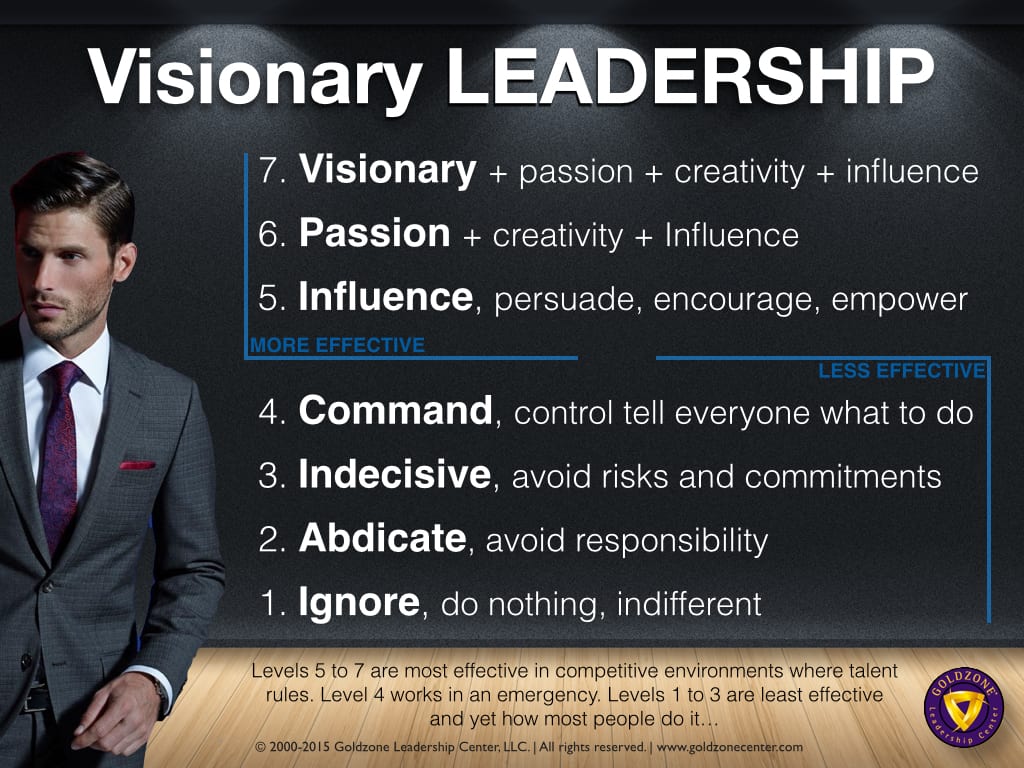 In this article, I describe persuasion and influencing techniques; then, I condense it all down to an easy to remember shortlist to enhance your persuasion skills.
In this article, I describe persuasion and influencing techniques; then, I condense it all down to an easy to remember shortlist to enhance your persuasion skills.
As a Change Manager I had to learn how to persuade people to do things they both did and absolutely did not want to do, these were changes in techniques, behaviours and even the knowledge they used. The strongest influencer I found is a reasoned argument or pitch that is based on facts or experience (your experience is hard to argue with, as long as you have credibility people will accept what your experience has to say).
But I also learned that there were other factors that were also important like my use of language (not what I said but how I said it, the tone of my voice and the emphasis and pauses I used). I was lucky to have had six years doing talk back radio on the ABC, which taught me how to use my voice to great effect and how to use it to persuade and influence listeners. I know first-hand just how difficult it can be sometimes to persuade people to your way of thinking, but there are seven key things that you can do, things that are easy to copy.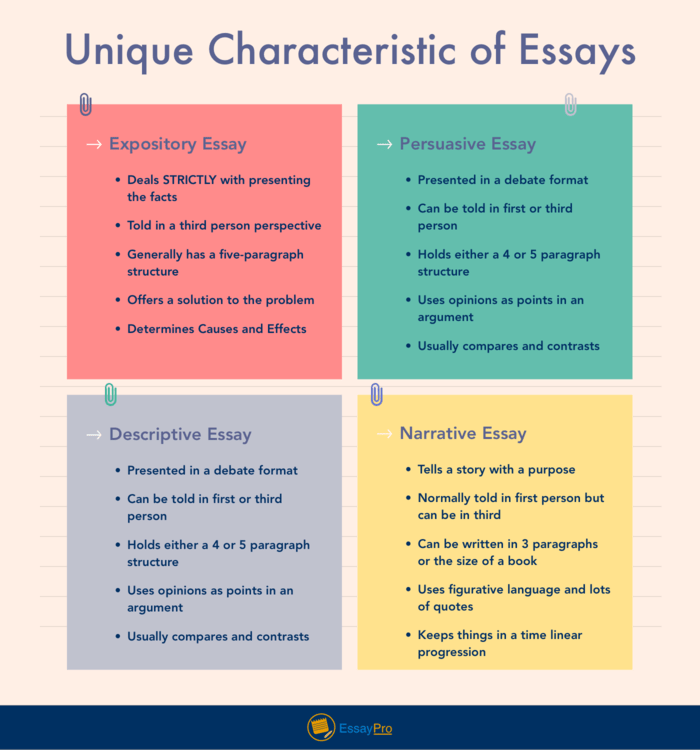 At the end of this article, I finish by describing what these are, but first, it’s important to know a little about the art of persuasion and how some others view it.
At the end of this article, I finish by describing what these are, but first, it’s important to know a little about the art of persuasion and how some others view it.
Mastering effective influencing skills or the art of persuasion increases your self-esteem gained through self-expression and being persuasive is an important professional skill that we all need to master.
A good manager does not rely on their position or title to delegate a task or influence someone; instead, a good manager does it by carefully using persuasive reasoning skills. Effective managers don't just command; they inspire and encourage. Managers tap the knowledge and skills of their team by managing individuals to make commitments to achieve results.
To get your manager to have confidence in your ideas and career potential, you need to persuade them. No matter how much you want them to understand your work's depth, knowledge, and expertise, your managers are not studying for a test. By shifting your focus from educating to influencing, you can build the credibility you need to get where you're trying to go.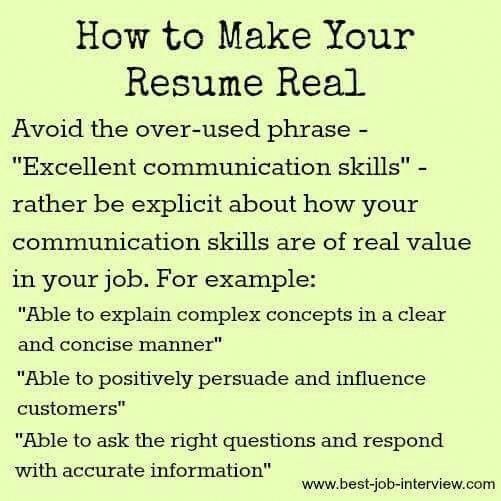
Understand what motivates your audience.
Talk about needs they didn't know they had.
Share a story.
Establish common ground with your audience.
Use a personal note.
Be upfront with your request.
Use guilt to your advantage.
Use the right words.
Focus on what the other person will gain.
Remind the person they can always say no.
Reciprocity. A common social norm, reciprocity, involves our obligation to return favours done by others. Thus, when I do something for you, you feel compelled to do something for me.
Liking.
 One way people exploit this is to find ways to make themselves like you. Do you like golf? Me too. Do you like football? Me too. Although often these are genuine, sometimes they're not.
One way people exploit this is to find ways to make themselves like you. Do you like golf? Me too. Do you like football? Me too. Although often these are genuine, sometimes they're not.Authority. Something as simple as informing your audience of your credentials before you speak, for example, increases the odds you will persuade the audience.
Social proof. People are more likely to say yes when they see other people doing the same thing - social proof is not all bad.
Consistency. If you ask people to state their priorities and goals and then align your proposals with that in mind, you make it harder for people to say no.
Scarcity. Have you noticed that Amazon tells people there are only a certain number of products left? That's scarcity at play. You want what is in short supply. This desire increases as you anticipate the regret you might have if you miss out by not acting fast enough.
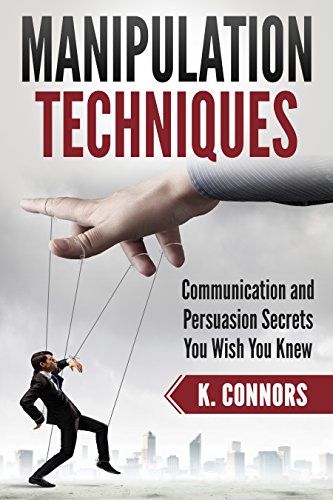 So if you want somebody to want what you have, you have to make that object scarce, even if that object is yourself.
So if you want somebody to want what you have, you have to make that object scarce, even if that object is yourself.
Show respect for the other person's opinions. Never say, "You're wrong."
If you are wrong, admit it quickly and emphatically.
Begin in a friendly way.
Get the other person saying "yes, yes" immediately.
Let the other person do a great deal of the talking.
Let the other person feel that the idea is theirs.
Try honestly to see things from the other person's point of view.
Be sympathetic with the other person's ideas and desires.
Appeal to the nobler motives.
Dramatize your ideas.
Throwdown a challenge.
Make your words powerful.
 Your pitch needs to be full of words that elicit a response. You can do this easily by framing your statements around key phrases. For example, "car accident" is a phrase that makes you think of many different types of vehicle collisions. But if you're trying to persuade someone to buy car insurance, you won't say that there are thousands of car accidents each day. Instead, you'll say that there are thousands of car-related deaths every day.
Your pitch needs to be full of words that elicit a response. You can do this easily by framing your statements around key phrases. For example, "car accident" is a phrase that makes you think of many different types of vehicle collisions. But if you're trying to persuade someone to buy car insurance, you won't say that there are thousands of car accidents each day. Instead, you'll say that there are thousands of car-related deaths every day.Dress up, but don't talk down. Nice clothes go a long way in helping you maintain confidence, even if no one is around to see you. Be careful, though, that being well-dressed can result in you looking better than people who are actually above you.
Focus on the future. Speaking in a future tense establishes confidence best done by using the word will. Phrases like "We will" and "Then we'll do this" will get the person used to the idea that this will happen.
Speak their language.
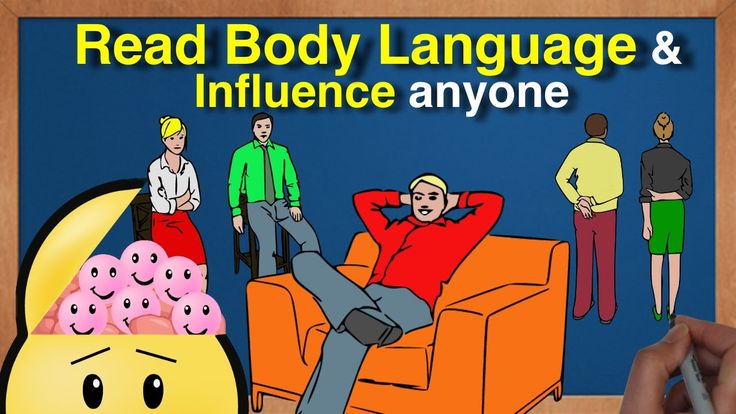 Finishing a person's sentence is bad. This is because you're inserting your own "speak" into their independent thoughts. So instead, actively listen to how the person talks and watch how they carry themselves.
Finishing a person's sentence is bad. This is because you're inserting your own "speak" into their independent thoughts. So instead, actively listen to how the person talks and watch how they carry themselves. Be a master of timing. This goes along with getting to know the person you're pitching to. Study them and find out the best time to talk to them. For example, some busy executives are swamped during the beginning of the week and check out mentally on Friday. This means that Thursday may be the best time to approach a person you need to persuade.
Repeat what they say. Prove that you are listening to and acknowledging the thoughts and feelings of the person you're talking to. You can affirm their stance by simply saying, "If I'm understanding you correctly, you're saying that you find this important because of XY and Z. I understand that and think AB and C."
Preferred communication.
 Study the person and determine how they prefer to communicate. Simply asking them if they like to talk on the phone instead of email goes a long way, just as long as you give them some options.
Study the person and determine how they prefer to communicate. Simply asking them if they like to talk on the phone instead of email goes a long way, just as long as you give them some options.Individual thinking vs. Group thinking. To quickly identify if someone thinks better individually or in a group, ask: Do you prefer studying by yourself or in a group? Then ask, how do you like to relax – by reading a book by yourself or meeting friends?
Auditory vs. Visual thinking. Does the other person think primarily in words or images? For example, draw them a picture or just explain. Auditory thinkers will tend to use verbs such as hear, listen, explain. Visual thinkers are much more likely to describe a situation using see, look, watch.
Over the years, based on experience and trial and error, I arrived at this set of principles that have always worked well for me:
1.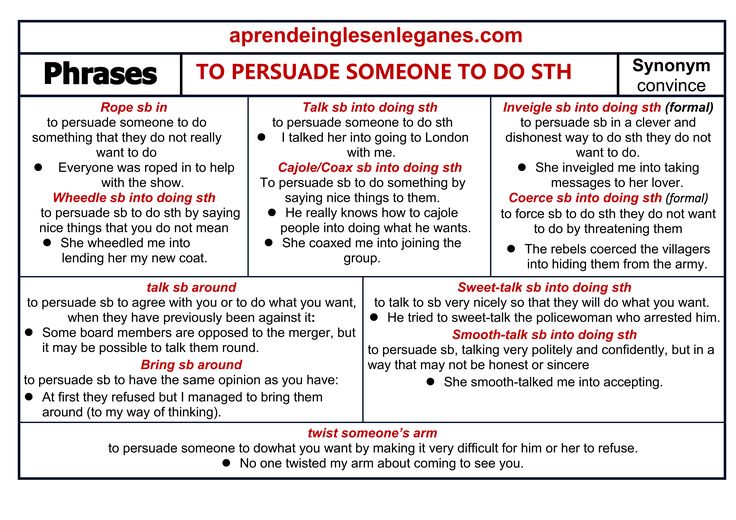 Use clear language. If you can't explain your point of view to a 10-year-old, such that they can explain it to another adult, then it's too complicated. The art of persuasion lies in simplifying something down to its core and speaking slowly, constantly pausing every 30 seconds.
Use clear language. If you can't explain your point of view to a 10-year-old, such that they can explain it to another adult, then it's too complicated. The art of persuasion lies in simplifying something down to its core and speaking slowly, constantly pausing every 30 seconds.
2. Base your argument on facts or your experience. Base your argument on facts or your experience, this makes it easy to explain your reasoning for things which is absolutely critical.
3. Match the other person’s voice and body language with your own. The way they talk (softly, loudly) even body language should be matched effectively. If they like to talk with their hands, that means their ideal form of communication is active, so it is helpful for you to do the same.
4. Express your opinion reluctantly and use persuasive words. You want the other person to believe in you. You have all of the answers, but how did you get there? Talk about what you used to believe and what you believe in now; by doing this, you control the conversation and convince the other person that this will work for them.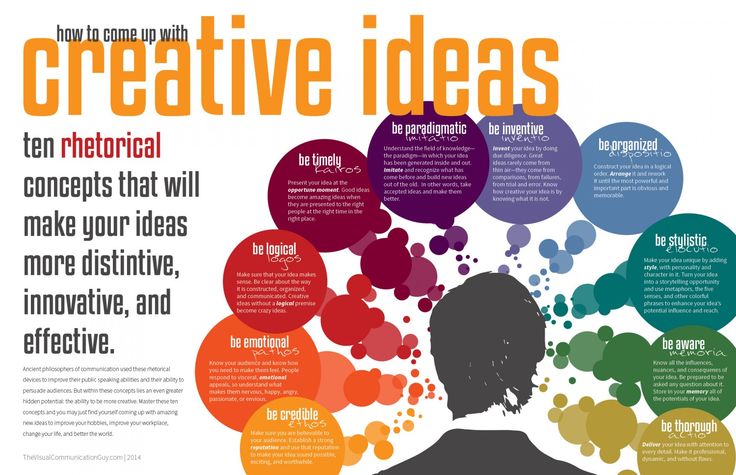 Use the five most persuasive words in the English language: You, Because, Free, Instantly, and New.
Use the five most persuasive words in the English language: You, Because, Free, Instantly, and New.
5. Get your timing right and be persistent. Everyone can be persuaded, given your timing and context is right. Keep selling your message, do not let up. The person who keeps asking for what they want, and keeps demonstrating value, is ultimately the most persuasive.
6. Pay genuine compliments. Compliment people sincerely and often for things they aren't typically complimented for; it's the easiest thing you can do to persuade others.
7. Be honest and energetic. Sometimes the most effective way to persuade somebody is by telling them the truth about something, especially if others are reluctant. Some people drain our energy, while others increase it. The most persuasive people know how to transfer their energy to others; they know how to motivate. Sometimes all it takes is eye contact, physical touch, laughter, excitement in verbal responses, or active listening.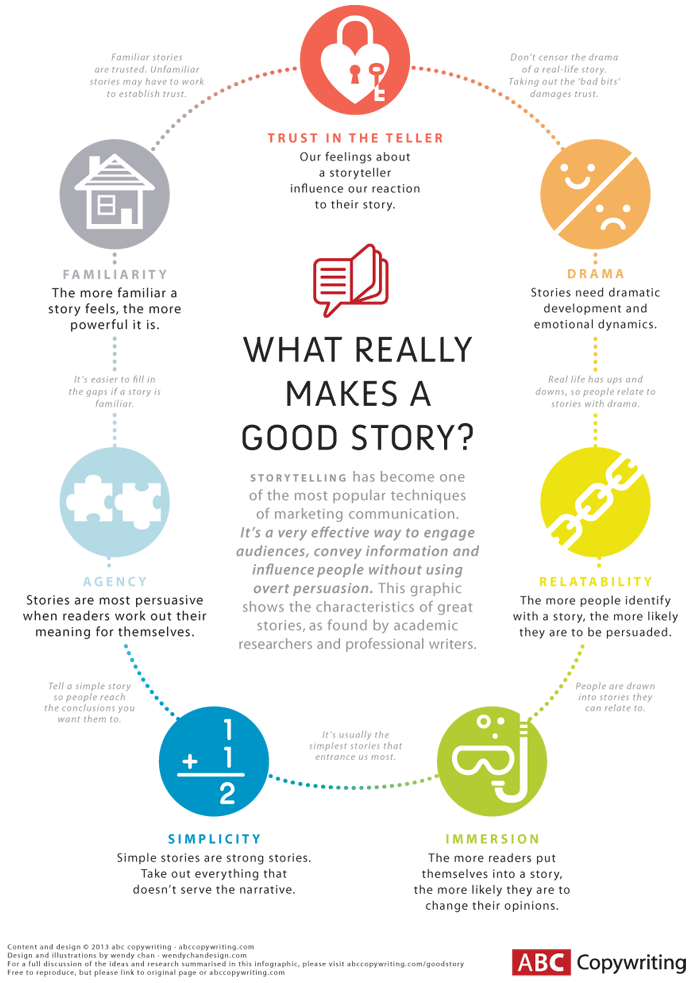
Persuading people is an art, not a science. The next time you feel you need to persuade someone or delegate a difficult task, prepare what you are going to say and how you are going to say it by following these points.
1. Use clear language and speak slowly.
2. Base your argument on your experience.
3. Echo the other persons tone of voice.
4. Use persuasive words (You, Because, New).
5. Get your timing right, be persistent.
6. Pay genuine compliments.
7. Be honest and energetic.
You can share this post by using the buttons belowYou can follow me on Facebook, Twitter, LinkedIn, Medium and SlideshareI would love to hear from you if you have anything to offer on the subject of this post
Management and TeamsRussell Futcher7 quick and easy ways to persuade peopleComment
0 LikesHow to convince anyone: 9 fail-safe tricks
April 17, 2021 Likbez Relationship
These tricks will help conquer even the most intractable interlocutor.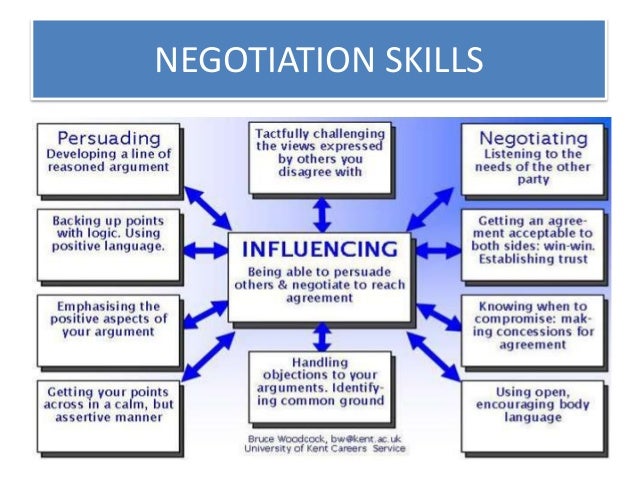
1. Use powerful words
Persuasive speech is made up of words that resonate. This method is constantly used in advertising.
Just imagine that you need to sell auto insurance to someone. Of course, you can say that every day there are thousands of accidents or accidents on the roads. But it’s better to construct the phrase differently: “Thousands of people die on the roads every day” or “Every day, thousands of accidents end in death.”
Death is a stronger word than chance.
2. Try to look dignified, but not arrogant
A pleasant appearance is conducive, but can also do a disservice. The danger is this: a person who is better dressed than the rest feels powerful and often begins to behave condescendingly. And this is repulsive.
Remember that the one you are trying to convince is a priori superior to you: he has the right to say no. So try to look good, but not look better than others.
3. Focus on the future
First, phrases like “We will” or “We will do it” plant the idea in the person's mind that this will actually happen.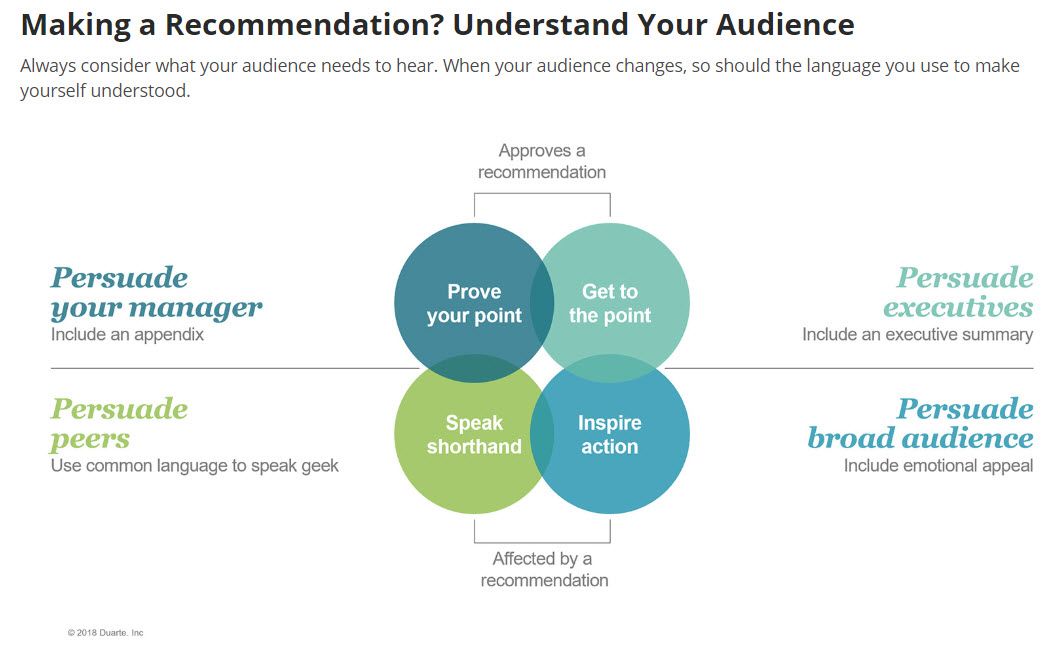 Secondly, constructions using the future tense give him confidence that you will keep the promise and not abandon him.
Secondly, constructions using the future tense give him confidence that you will keep the promise and not abandon him.
But here you need to know when to stop. Don't be too pushy and don't make decisions for someone else. Instead, focus on the possibilities and positive effects of this decision.
4. Choose a suitable communication channel
If you want to persuade someone, you need to make the conversation itself comfortable for the interlocutor. Therefore, find out exactly how he prefers to communicate: in person, by phone or email. So you increase his loyalty and your chances of success.
5. Speak the language of the interlocutor
A simple truth: people are more willing to trust those who are like them, whom they understand. Therefore, your task is to adapt to the interlocutor. Doesn't he use jargon? So you shouldn't either. Is he kidding? You also need to show a sense of humor.
This rule also applies to non-verbal communication. If a person actively gesticulates, then you need to be lively and open.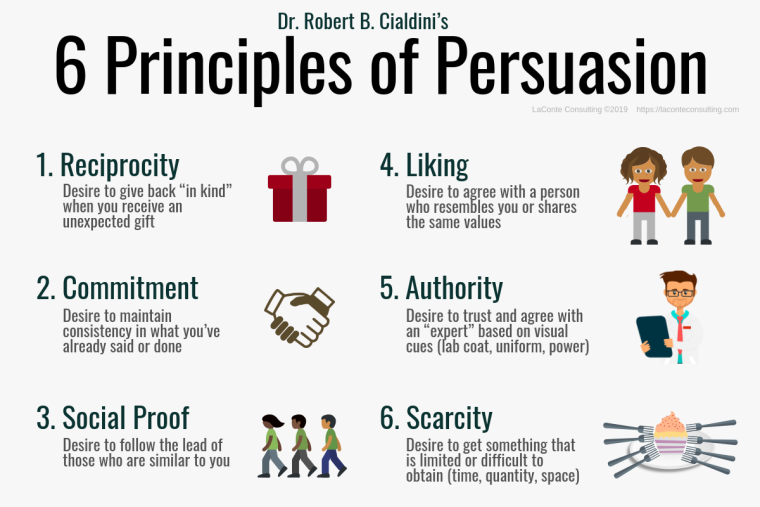 If he chooses closed poses, it is worth being more restrained.
If he chooses closed poses, it is worth being more restrained.
The method also works with a group of people. You just need to find out what manner of communication the audience responds positively to.
6. Don't clutter up your speech
Every time you say 'uh' or 'aaaa', you lose the confidence of your interlocutor.
Remember: speech must be crisp and clear.
The best ways to make it that way are to practice at home and think about your words a second before you say them.
7. Choose the right time
Another key to success in a conversation is the right moment. To do this, you again have to study a person, analyze his life and schedule.
For example, many busy managers are overwhelmed with work at the beginning of the week, and on Friday they mentally retire. So Thursday might be the best time to convince them.
8. Repeat thoughts after the other person
By simply repeating, you show the person that you are listening and understanding.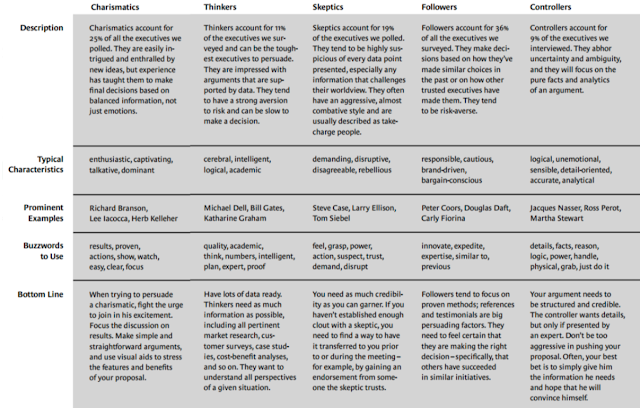 At the same time, you can express your own position, for example, by saying: "If I understand correctly, you think this is important because of A and B. I heard this and I think C and D." The phrase works great without using the alphabet.
At the same time, you can express your own position, for example, by saying: "If I understand correctly, you think this is important because of A and B. I heard this and I think C and D." The phrase works great without using the alphabet.
9. Orchestrate your emotions
Enthusiasm and excitement should naturally develop as the conversation progresses. By immediately attacking a person, throwing out your emotions on him, you can suppress or push him away.
It is better to start the dialogue on an optimistic but relaxed note, and only then, gradually going into details, show more and more excitement and enthusiasm for the idea. So you will look natural and will be able to infect the interlocutor with your experiences.
Read also 🧐
- How to convince anyone of anything: 12 arguments for all occasions
- Psychological life hack: how to convince a person that he is wrong
- The art of persuasion: 7 secrets of a negotiator and hostage rescue specialist
Quotes from the book “Charisma.
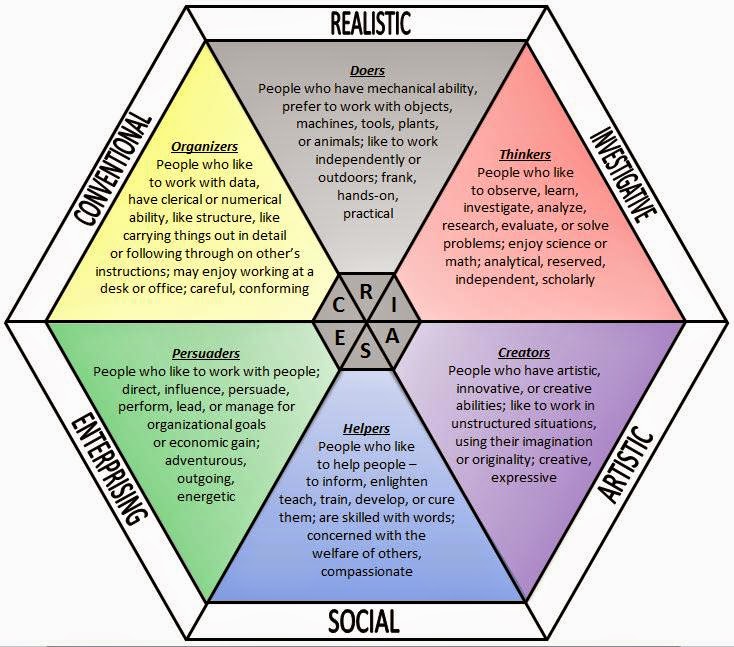 How to Influence, Persuade, and Inspire Olivia Fox Cabein - Litres
How to Influence, Persuade, and Inspire Olivia Fox Cabein - Litres Quotes 19
Charismatic behavior can be broken down into three main elements: presence, power, and warmth. Knowing others is knowledge. Knowing yourself is wisdom.
decrease the intonation of your voice at the end of sentences; • reduce the speed and frequency of nods; • Before speaking again, take a full two-second pause.
Since your brain cannot tell what is real from what is real, imaginary situations cause it to send the same commands to the body as in the real situation. Whatever comes to your mind will affect your body in one way or another.
Despite initial misgivings and despite the fact that, willy-nilly, you will be forced to leave your own comfort zone, the game is worth the candle
charisma is the result of certain non-verbal behavior, and not an innate or magical personal quality.
YOU WILL NEVER GET a second chance to make a great first impression. In a matter of seconds, at a glance, people will already be able to judge your socioeconomic status, level of education, and even success.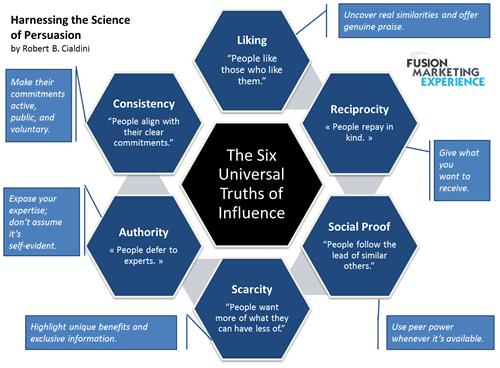 In a matter of minutes, they will also be able to assess your level of intelligence, creditworthiness, professionalism, friendliness and confidence. Although these assessments are momentary, they can last for years, because the very first impressions are often indelible.
In a matter of minutes, they will also be able to assess your level of intelligence, creditworthiness, professionalism, friendliness and confidence. Although these assessments are momentary, they can last for years, because the very first impressions are often indelible.
Attention is as precious a resource as time and money. Whenever you ask people to listen to you or read what you have written, you want them to spend both their time and their attention on you. You ask them to provide you with some of their resources. What will you give them in return? Whenever people are asked to spend any of their precious resources, you can be sure that they are (at least subconsciously) estimating the "return" on such an "investment". You can convey something important and useful to them in several ways. • Pleasure: make communication enjoyable
• decrease the intonation of your voice at the end of sentences; • reduce the speed and frequency of nods; • Before speaking again, take a full two-second pause.